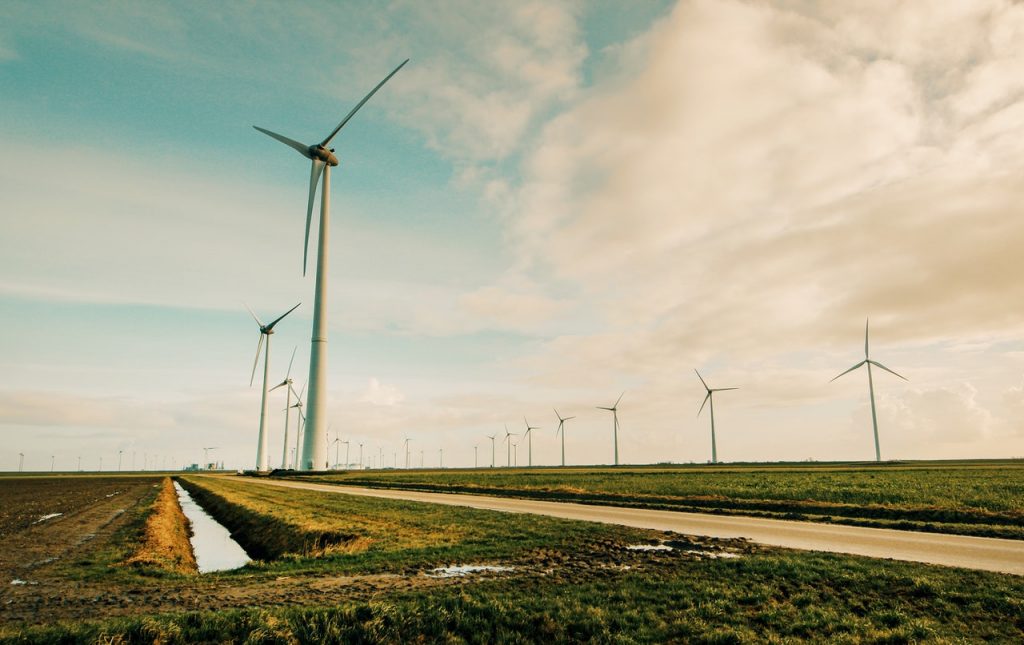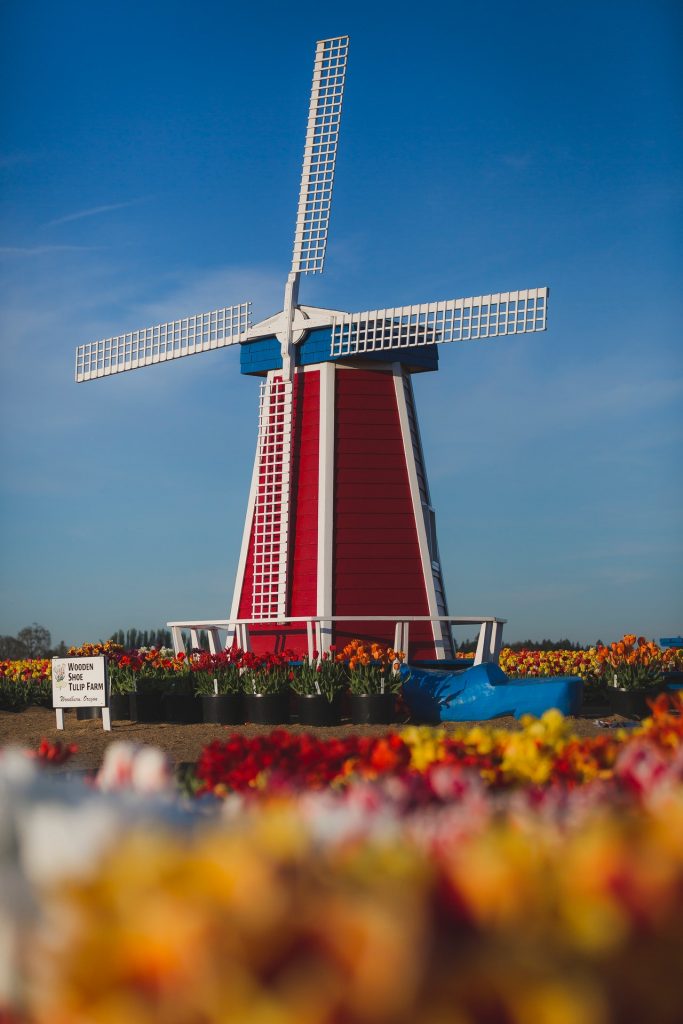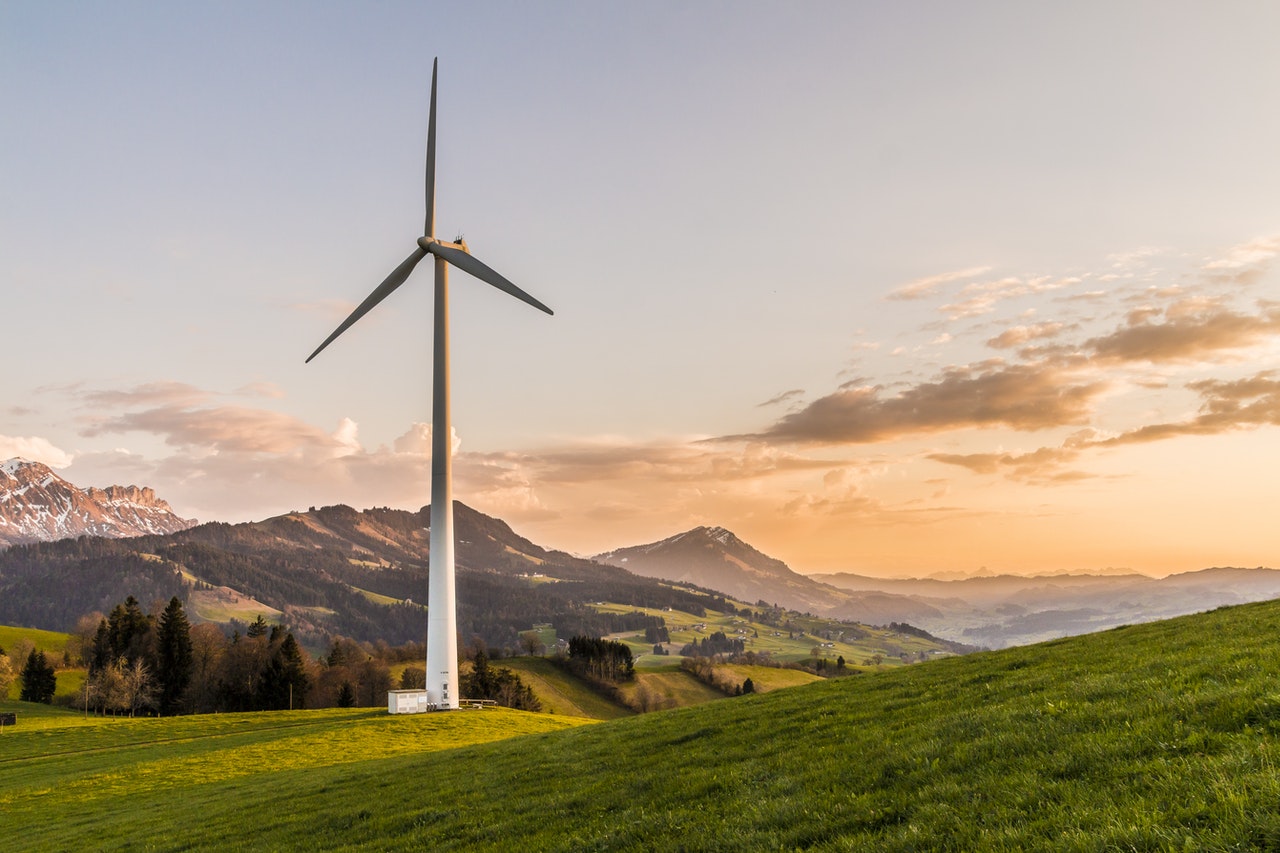Wind energy technology has come a long way since the days of the giant wind farms of the seventies. Although wind power has always been around, the sheer size of some of these old wind farms and their inherent problems made them uneconomical.
Fortunately, technology advanced, and wind farms have become smaller and less of an eyesore. Wind power has also become more affordable through the use of federal grants and loans, which have helped many smaller wind farms come into existence. The most advanced technology today makes it possible for anyone to install a windmill on their own even if they don’t have the time or skills necessary for a large-scale operation.
A wind energy technology project
The now largely obsolete giant wind farm in Altamount Park in Northern California, with over 4,000 turbines, was among the first large-scale operations in the country, producing almost five hundred megawatts (MW) of electricity. When the federal tax incentives and low cost of building a wind turbine unit took a hit, wind energy technology virtually declined throughout the country. However, a new development has begun to take place and that is the construction of what is considered to be the largest private wind turbine project in the world.

A wind energy technology project of this size will require several years of testing and refinements before it becomes commercially viable. The plans need to be reviewed by local authorities, who need to determine that the turbine will not interfere with local property rights. In addition, the tower needs to be carefully designed and placed in such a way as to minimize the visual impact on surrounding buildings and residents. One of the most important elements of the turbine’s design is the location of the tower since this is where the electricity produced will be channeled.
Today’s wind energy technology projects
Today’s wind energy technology projects are much smaller than the massive ventures of years ago. Many smaller companies are developing smaller wind farms in different parts of the country. Some are using older technology, while others have constructed new, more modern mechanical systems. These modern wind turbines use fewer components and have a simpler design, making them easier to manufacture. Smaller wind turbines generally use more readily available materials and can be built using readily available parts.
Many wind energy technology projects, as well as solar energy ones, today employ the use of vertical wind turbines. They work best in regions where there is high vertical wind, but they can also be used in regions with less wind. This is because the horizontal axis turbines tend to produce less energy due to the resistance encountered at the beginning of the wind-up. The vertical turbines work better at the start of a wind-up because they are closer to the surface.

Windmills
Windmills, which are obviously the biggest application of wind energy technology, can also be located close to an area where electricity is needed. Large windmills can produce the largest amount of electricity, so they are not necessary for every location. There are some places where both windmills and turbines are necessary to get free electrical power. These places include offshore wind farms and near coastal areas.
The development of wind energy technology
The development of wind energy technology has greatly reduced the cost of producing electricity in the United States. Many states in the united states have implemented or plan to implement various forms of wind power and wind energy technology. Many states, such as Texas and Virginia, have highly efficient transmission lines to connect them to the national grid. Other states, such as Oregon and Washington, have already developed their own transmission lines. Many states, such as North Carolina, are now reviewing the policies surrounding wind power to determine if they will develop their own transmission lines to provide electricity to their citizens.
